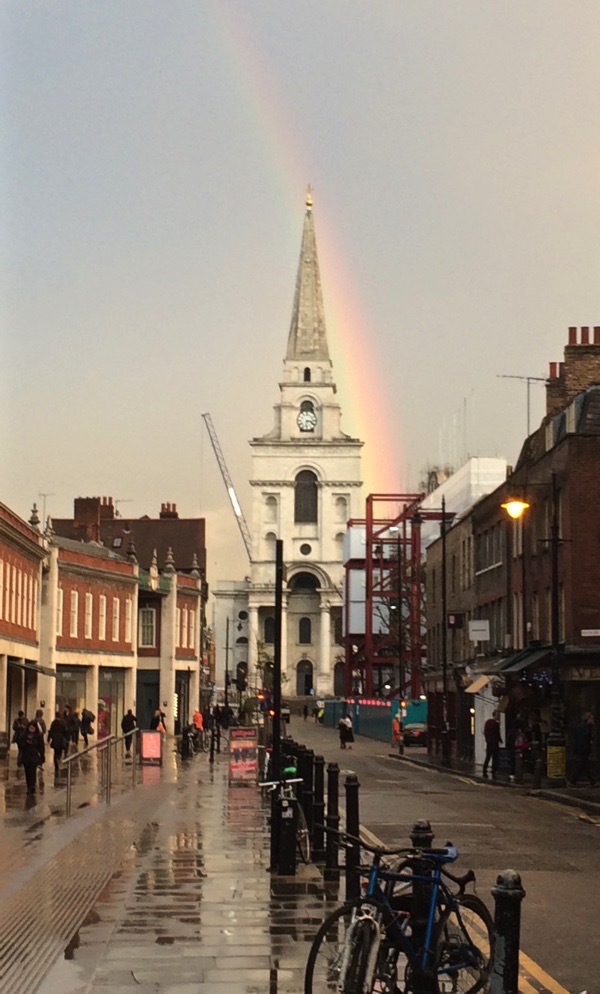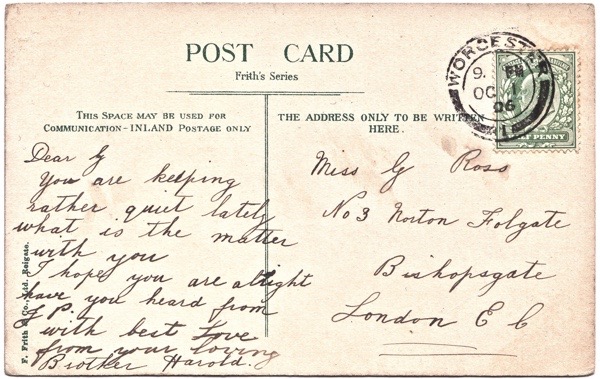
Yesterday a dark cloud burst over the East End and enough tears fell from the sky to engulf Spitalfields, entirely coincidental with the Judge’s verdict at the High Court in favour of the Mayor of London and against the Spitalfields Trust in their campaign to halt British Land’s destruction of Norton Folgate. Read the full details here
A fortnight ago, at the hearing, Justice Gilbart warned the Mayor’s lawyer that a defence based upon the Mayor’s planning ‘expertise’ was a risk, when an email revealed the Mayor had decided to determine the Norton Folgate application even before he had received it. The Judge questioned what kind of ‘expertise’ permitted the Mayor to ignore over five hundred letters of objection accompanying the application when he had an obligation to public consultation.
Yet, although Justice Gilbart confirmed in his verdict that the Mayor’s call-in of the planning application had been mishandled, he concluded that this was not sufficient to invalidate the Mayor’s approval of the scheme. In plain words, powerful people can break the rules and get away with it.
The pathos of the moment was overwhelming, as another episode in the history of violence in Spitalfields unfurled. Before long we may expect to see a vast ugly hole in Norton Folgate just as we are currently witnessing upon the site of the Fruit & Wool Exchange, another development waved through by Boris Johnson in his eagerness to bypass democracy to keep property developers happy. Thus Old Spitalfields is being disembowelled simultaneously at either end for the insertion of steel monoliths.
Spitalfields owes its origin to the Priory of St Mary Spital founded 1197 by Walter & Roisia Brunus. I often wonder if this was a convenient means for the City of London to banish street people, homeless and beggars from their territory by sending them a mile up the road. This complex was destroyed in the sixteenth century by Henry VIII in his ‘dissolution’ of the monasteries, when he turned the precincts into his Artillery Ground and granted apartments in the priory buildings to a few of his favoured people.
In more recent centuries, enforced redevelopment saw thousands evicted from their homes to permit the arrival of the railway in Shoreditch, the construction of Liverpool St Station and the cutting-through of Commercial St, bisecting Spitalfields from north to south, so that traffic from the Docks might not congest the City of London.
Over the last thousand years, Spitalfields has repeatedly proven a testing ground between the interests of the financial might of the City and the human needs of those who seek to make their living outside the walls. Recent events offer an eloquent testimony of the balance of power in our own time, setting contemporary institutionalised violence against the perspective of a brutal history.

No comments:
Post a Comment